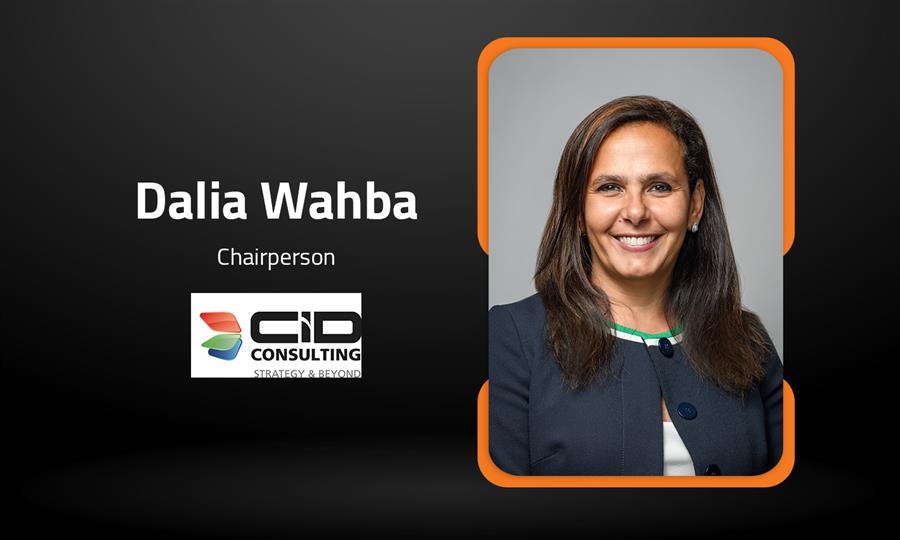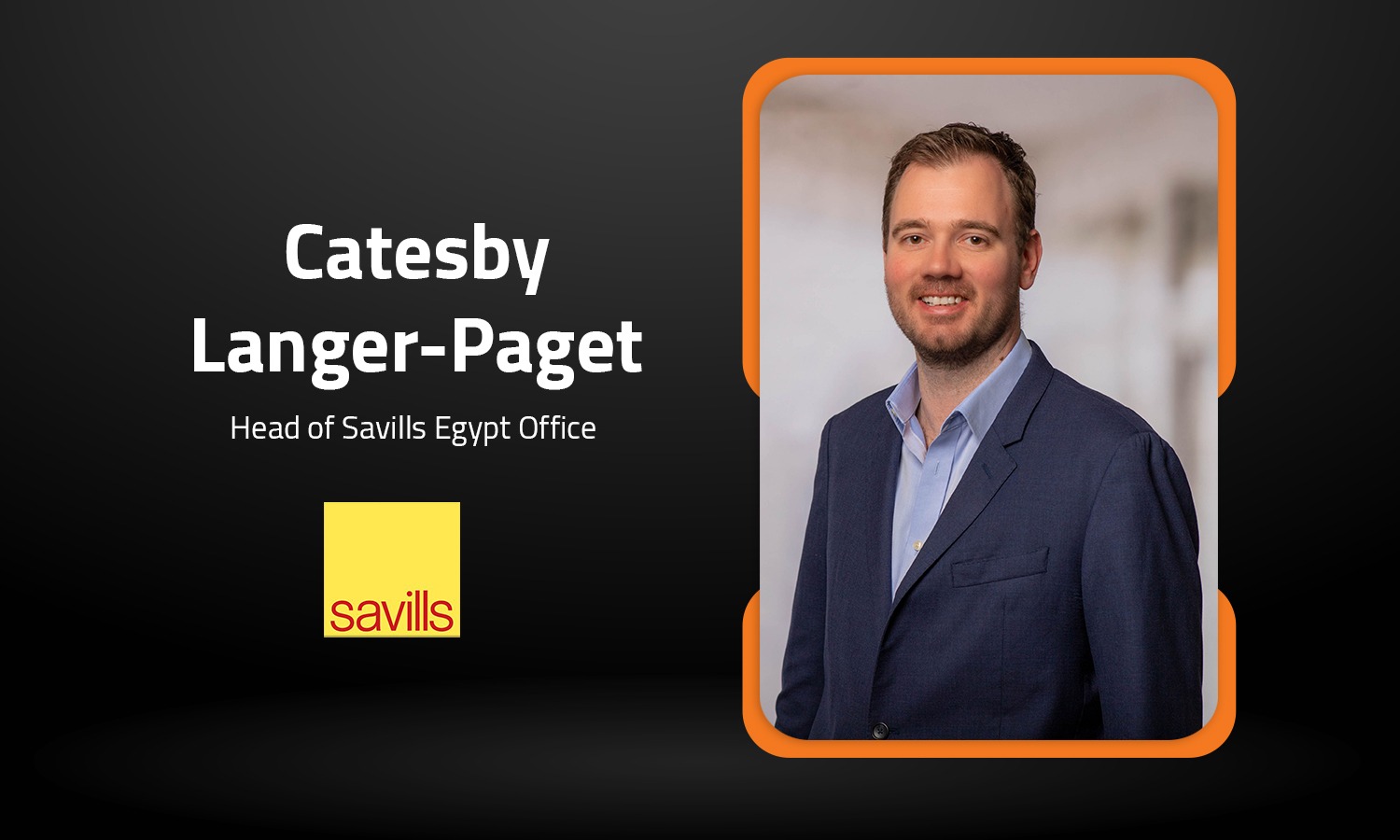Private Investment in Egypt’s Public Healthcare: Opportunities and Concerns
Updated 7/30/2024 8:00:00 AM
Egypt's public healthcare system stands at a critical juncture, with a mix of strengths and significant challenges.
While the system has made strides in expanding access to healthcare services, issues such as overcrowding, outdated equipment, and limited resources hinder its effectiveness.
In response to these persistent challenges, the Egyptian government has decided to invite private sector investment into underutilized public health facilities.
However, the integration of private investment into the public healthcare landscape raises questions about access and affordability, quality of care, and the need for robust transparency and oversight.
Challenges in Egypt's Public Healthcare
The Ministry of Health and Population has been working on developing the healthcare system in Egypt to ensure citizens have access to an advanced and fair health insurance system.
At the end of the first half (H1) of fiscal year (FY) 2023/2024, more than 4.9 million citizens registered in the comprehensive health insurance system. Also, over 34.4 million medical and treatment services were provided in six governorates, Ahmed Al-Sabki, Chairman of the Health Care Authority and General Supervisor of the Comprehensive Health Insurance and Decent Life projects at the Ministry of Health, stated during the Cabinet’s second meeting in July.
In 2022, the government sector had 662 hospitals with 88,427 beds, according to the Central Agency for Public Mobilization and Statistics’ (CAPMAS) annual report on health issued last March.
Despite maintaining oversight of public health, the health ministry faces several challenges, including a shortage of mid-level administrative staff, bureaucratic red tape, overcrowded facilities, and excessive centralization.
Local health authorities have limited input into decision-making and policy development, operating largely under the direction of the central office in Cairo, pharmacist and health researcher Ahmed Azab highlighted in his report 'Right to Health in Egypt: Health inequity during COVID-19 in Egypt', published in 2023 as part of the Arab NGO Network for Development’s Arab Watch Report on Economic and Social Rights (AWR) series.
Dina Samir ElWakkad, an economics instructor and economist, tells Arab Finance, “Overcrowding has been a persistent problem of Egypt’s public healthcare, with patient numbers exceeding the capacity of institutions.”
Moreover, she adds, “Many public health facilities suffer from obsolete and outdated medical equipment, which compromises the quality of care.”
Private Sector Involvement in Healthcare
On June 24th, President Abdel-Fattah El-Sisi ratified a law authorizing private sector involvement in the establishment, management, operation, and development of public health facilities.
The health sector is set to benefit from this law, particularly in terms of human development. Last May, Spokesman of the Ministry of Health Hossam Abdel Ghaffar emphasized that investors' commitment to training hospital workers will be an essential part of these public-private partnerships.
Private sector involvement can help alleviate overcrowding in health facilities. ElWakkad explains, “Private investment can play a great role in expanding healthcare capacity by funding the construction of more hospitals, clinics, and specialized health centers.”
"Private entities can draw in the necessary funds, experience, and technologies for building new and suitable healthcare facilities with higher patient capacities,” ElWakkad points out.
Moreover, private investment can modernize public health facilities by funding advanced diagnostic imaging, surgical equipment, and laboratory tools, according to ElWakkad.
Balancing Public Interest and Private Profit
While private investment in public health facilities can offer significant benefits, it also raises valid concerns.
Osama Abdelhay, Head of the Doctors Syndicate, previously told Arab News Agency (ANA) that the private sector’s entry into the health sector is welcome, but only if it involves establishing new hospitals.
He added that the law does not include sufficient guarantees to provide health services to low-income people with government support and does not protect the rights of medical staff in hospitals.
To ensure affordability and accessibility, the Egyptian government should take certain precautions. ElWakkad says, “To maximize the benefits of private investment, the government needs to establish a robust regulatory framework.”
“This should include guidelines on service quality, pricing, and access to prevent private providers from exploiting patients, especially those from lower-income backgrounds,” she adds.
“The government should also regulate medical charges for specific treatments in private health facilities by capping the amount of money a patient can be charged,” ElWakkad recommends.
She also suggests that the government should implement a dual-tier pricing system, according to which “the poor would access free services or ones at a reduced cost, while other patients could be charged higher premium rates to ensure the profitability of private providers.”
Overcrowding, underfunding, and outdated infrastructure represent key issues for Egypt's healthcare system, making the system stand at a crossroads.
While the government has made efforts to expand healthcare access, the system remains strained. However, the introduction of private investment presents both opportunities and risks.
To successfully navigate this complex landscape, the Egyptian government must establish a steady regulatory framework that prioritizes the public interest.
By Sarah Samir
Related News











